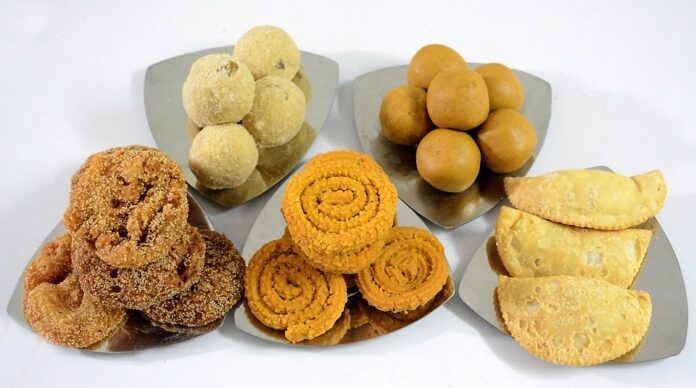Introduction
Butter has been a staple in many cuisines around the world for centuries. However, one of the most versatile forms of butter is ghee, a clarified butter that is commonly used in Indian and Middle Eastern cooking. In this report, we will explore the process of how traditional butter is clarified into shelf-stable ghee.
What is Ghee?
Ghee is a form of clarified butter that originated in ancient India. It is made by simmering unsalted butter until all the water evaporates and the milk solids separate from the fat. The resulting product is a rich, golden liquid with a nutty flavor and a high smoke point, making it ideal for cooking at high temperatures.
Benefits of Ghee
Ghee has several health benefits, including being rich in fat-soluble vitamins like A, D, E, and K. It is also lactose-free and suitable for individuals with lactose intolerance. Additionally, ghee is believed to have anti-inflammatory properties and may aid in digestion.
The Process of Clarifying Butter into Ghee
The process of clarifying butter into ghee involves several steps. First, unsalted butter is melted in a heavy-bottomed pan over low heat. As the butter melts, the milk solids will separate from the fat, and a foam will form on the surface. The foam is skimmed off, and the remaining liquid is simmered until all the water evaporates.
Once the water has evaporated, the milk solids will sink to the bottom of the pan, and the pure butterfat will rise to the top. The butterfat is then strained through a cheesecloth to remove the milk solids, resulting in a clear, golden liquid known as ghee.
Shelf Stability of Ghee
One of the key advantages of ghee is its long shelf life. Ghee can be stored at room temperature for months without spoiling due to the removal of water and milk solids during the clarification process. This makes ghee a convenient pantry staple for cooking and baking.
Industry Insights
The global ghee market has been experiencing steady growth in recent years due to the increasing popularity of traditional cooking methods and the rising demand for natural and healthy ingredients. According to a report by Market Research Future, the global ghee market is projected to reach $4.94 billion by 2023, with a CAGR of 4.2% during the forecast period.
Key Players in the Ghee Industry
Some of the key players in the ghee industry include Amul, Nestle, Verka, Mother Dairy, and Patanjali. These companies offer a wide range of ghee products catering to different consumer preferences and price points.
Financial Data
In 2020, the global ghee market was valued at $3.8 billion, with India being the largest producer and consumer of ghee globally. The market is expected to continue growing at a steady pace, driven by the increasing demand for natural and organic food products.
Trends in the Ghee Market
One of the key trends in the ghee market is the growing popularity of organic and grass-fed ghee products. Consumers are becoming more conscious of their food choices and are seeking out products that are sustainably sourced and free from artificial additives.
Conclusion
In conclusion, the process of clarifying traditional butter into shelf-stable ghee is a time-honored tradition that results in a versatile and flavorful cooking ingredient. With the global ghee market on the rise, there are ample opportunities for companies to capitalize on the growing demand for natural and healthy food products. As consumers continue to prioritize quality and authenticity in their food choices, ghee is poised to remain a staple in kitchens around the world.




